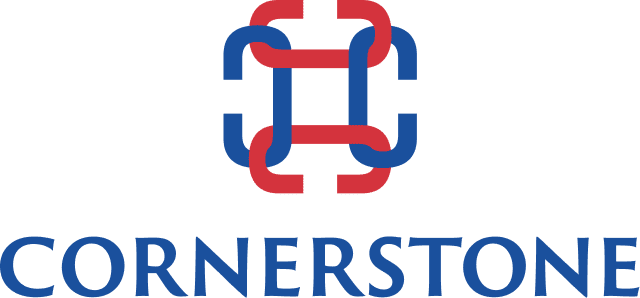The Great Work Reset
Work has been a major part of most people’s existence for hundreds of years.
As the face of work evolved – faster, more complex, more stressful, less fulfilling – the idea of work-life balance became a dominant proposition. Or it did.
Three outcomes of the global pandemic have kicked it to the curb.
First was labelled the Great Recession in the U.S., where the pandemic triggered the sharpest economic contraction in modern American history. In the second quarter of 2020, GDP shrank at an annual rate of 32.9%, nearly four times the worst quarter during the original Great Recession.
Then we had the Great Vanishing Act, when the US labour market lost more than 20 million jobs in one month in 2020 – and still has not been able to find seven million of them.
Now, we have the Great Resignation – a stubborn outflow from the workplace different from the 2020 exodus by being of choice. For the last four months in a row, a record number of Americans have quit their jobs – around 4 million a month or nearly 20 million between April and August, more than 60% higher than a year ago.

The phenomenon is global but differs in nature in North America. Elsewhere, the causes of job loss tend to be economic and with limited, if any, options. In the Americas, it is very much more an expression of “take this job and shove it, I ain’t working here no more”.
The Great Resignation is the phrase of Anthony Klotz, a psychology professor at Texas A&M. Klotz recognized early the emotional impact of the massive layoffs as businesses struggled to survive.
From organizational research, we know that when human beings come into contact with death and illness in their lives, it causes them to take a step back and ask existential questions,” says Klotz “Like, what gives me purpose and happiness in life, and does that match up with how I’m spending my time right now? So, in many cases, those reflections will lead to life pivots.”
So instead of a Great Resignation, what we are really looking at is a Great Re-think of the role work plays.
The desire to pivot did not arrive overnight. According to Tara Sinclair, a senior fellow at the Indeed Hiring Lab, this desire for flexibility and autonomy was already on the rise pre-pandemic. But it wasn’t until the pandemic hit that employers began to embrace the technology that enabled employees to work from home.
“We all know this technology works now, so that genie is out of the bottle,” she says. “And I don’t think either the employer or the worker wants to put that genie back in the bottle.”
In other words, after over a year of disruption, people in the workforce this year have become reflective of their life and career and their jobs. And with over 10 million current job openings and widespread employer acceptance of remote and technology-assisted work, if you want to go do something different it’s not terribly hard to do.
The “shove-it” momentum has been prevalent in the healthcare, retail and food service industries which for years have been characterized by low wages, long hours, everyday stress and limited fulfillment. These sectors are among many that will undergo significant change in order to face the new challenges of retaining and maintaining a productive workforce.
Next week we will take a look at a pandemic outcome that has not yet hit prime time: the impact of this workforce reset on talent management, recruitment and organization.


